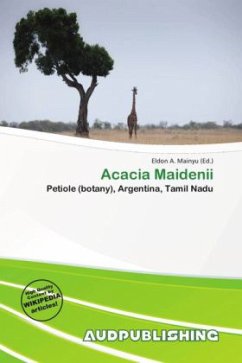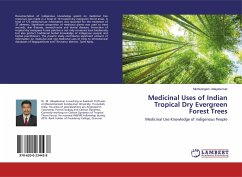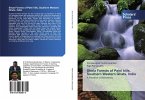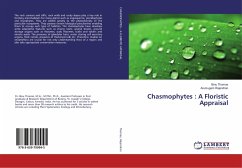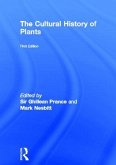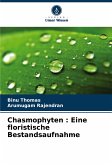Please note that the content of this book primarily consists of articles available from Wikipedia or other free sources online. Fitzgerald and Siournis reported in the Australian Journal of Chemistry (1965, volume 18, pp. 433-4) that a sample of the bark contained 0.36% of the as well as 0.24% of . However, anecdotal evidence suggests that the concentration of DMT and other tryptamines in A. maidenii is very variable and may be zero in many strains. When smoked, the bark gives a mild hallucinogenic effect. It is also a common admixture ingredient to Australian brews. USDA Zone 9 is recommended. Acacia maidenii does well in all types of soil, except those that are waterlogged for lengthy periods of time. The tree's seeds number about 65 seeds/g. Acacia maidenii can be propagated from seed, but, in order to increase the germination rate, the seed should be treated first. It can be soaked in hot water or the seed can be nicked or otherwise mechanically , so that water will penetratethe seed's hard coating and induce germination.
Bitte wählen Sie Ihr Anliegen aus.
Rechnungen
Retourenschein anfordern
Bestellstatus
Storno

